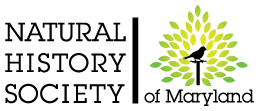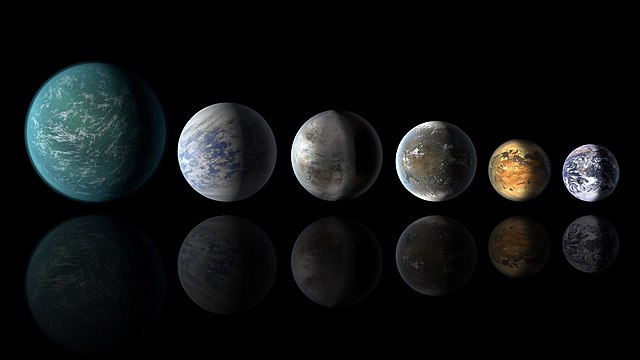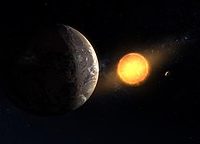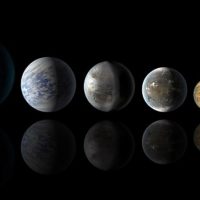JOIN THE SEARCH FOR OTHER PLANETS
New planets are being discovered on a regular basis, but that’s not the end of the story! After new planets have been discovered the scientific community needs to follow up with further investigations. Help scientists better understand the movements of these planets around other stars by taking your own measurements of known exoplanets (An exoplanet is a planet outside of our Solar System. It is usually in orbit around another star) and contributing them to the DIY Planet Search Community!
Join NASA’s Universe of Learning to learn how to use the DIY Planet Search Tools, and contribute your own measurements, gathering real data from the MicroObservatory Robotic Telescope Network. Then get a sneak peek into Exoplanet Watch, a project for amateur astronomers with their own telescopes, from exoplanet astronomer, Dr. Robert Zellem.
Erika Wright is Education Specialist working at the Smithsonian Astrophysical Observatory in the Science Education Department. Rob is an exoplanet astronomer at NASA’s Jet Propulsion Laboratory working on ground- and space-based observations of the atmospheres of exoplanets, planets outside of our Solar System.
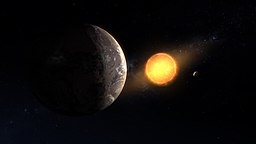
NATURAL HISTORY SOCIETY OF MARYLAND (NHSM) has joined almost 500 sites across the country to celebrate the launch of the James Webb Space Telescope, NASA’s next great space science observatory. NHSM will offer a range of public programs beginning October 28 and running through December to bring the excitement of STEAM (science, technology, engineering, arts, and math) to anyone whose favorite words are why, how, and what.
Webb is the largest and most complex space science telescope ever built – the premier observatory of the next decade. This international mission, led by NASA in partnership with the European and Canadian space agencies, will launch in December 2021.
The observatory will provide a new view of the cosmos and push the field of astronomy into a new era. The telescope will observe the universe in the infrared, peering inside dust clouds to study light from distant parts of the universe for the very first time – the first galaxies that formed about 13.5 billion years ago – and give us insight into how our universe formed. It will also explore distant worlds in other solar systems, as well as objects in our own solar system. Webb will extend the scientific discoveries of other NASA missions like the Hubble Space Telescope, Chandra X-ray Observatory, and Transiting Exoplanet Survey Satellite.
